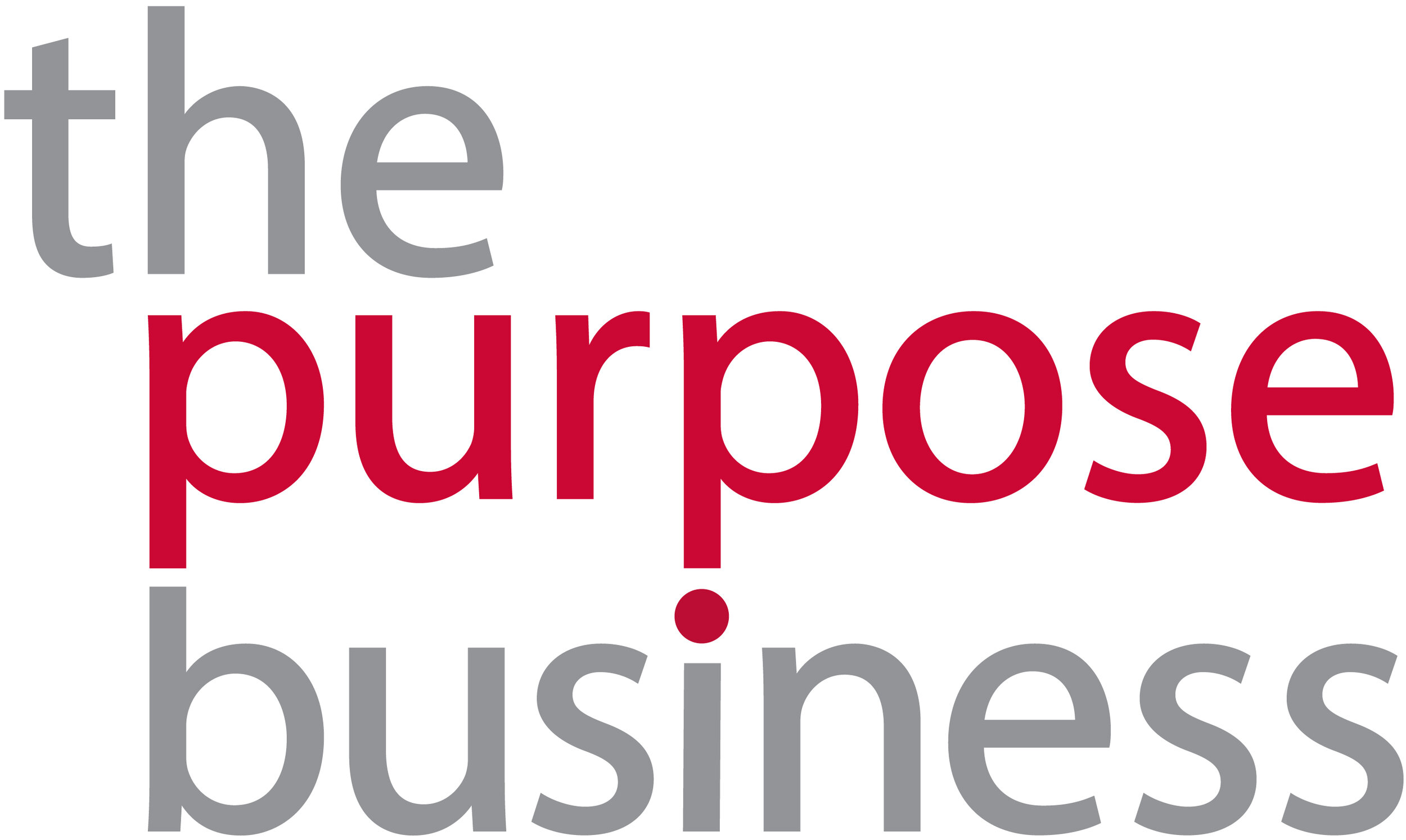A material world
Erika Leung Rodriguez and Pat Dwyer explore connected issues of sustainability, investors’ behaviours and materiality.
Step aside, Material Girl.
Take the most important, relevant, urgent, impactful issues in your business and fold them all up into one tight bundle. This, simplified, is materiality.
Derived from the accounting principle that describes how important something is, materiality has gained familiarity amongst sustainability practitioners because it has figured prominently in terms of sustainability reporting. The Materiality Principle of the GRI Guidelines define materiality in the context of a sustainability report:
“…The report should cover aspects that reflect the organization’s significant economic, environmental and social impacts , or substantively influence the assessments and decisions of stakeholders”.
This means that the report should focus mainly on those issues that are most important to the business and its shareholders. However, there is talk of differing opinions on the real coverage of materiality, where three of the most prominent organisations in sustainability reporting standards —
“the International Integrated Reporting Council (IIRC), the Sustainability Accounting Standards Board (SASB), together with the Global Reporting Initiative (GRI) — diverge in their approaches based on which stakeholder group they focus their initiative on”
(GreenBiz, 2013).
Let’s separate materiality from sustainability reporting for a sec and unpack what it is that materiality aims to achieve. If you are a coffee shop- you might think that materiality is about your coffee farmers, supply chain and labor standards; If you are a distributor of television cable & equipment, you may think the most material issues are the cost of petrol & transport or energy consumption. Looking at these examples, materiality seems to offer answers to simple questions such as ‘What are your impacts?’ ‘Where can you focus your resources?’ ‘What is being expected of your business?
We believe that there are three critical points to bear in mind when understanding materiality:
The importance of methodology: Knowing what the right process is to determine materiality is critical. In a webinar hosted by Ethical Corporation, Ellen Jackowski, who leads social innovation at HP, emphasised that knowing what your objectives are will enlighten businesses in determining the best process to use. The way they engage primary stakeholders whilst ensuring that other stakeholders are consulted on a need basis is key.
Materiality is dynamic. It is a living thing. It comes with business maturity and should change, in order to accurately reflect business strategy. The most material issues, over time, begin to address values or risks more important to one stakeholder set and perhaps less so to the business. This is why materiality does not all need to be addressed at the same time. If the most urgent issues to address have to do with carbon emissions, resource management and less about brand value or reputation, there is a business reason for doing so. We suggest that businesses maintain a clear view of the most material issues now- but not to rush into addressing each and every single one.
Materiality is a discipline. It is not a performance criteria. It’s to ensure that what we’re focusing on is aligned internally. It brings a degree of rigor. With proper ownership and accountability, it could be a powerful mechanism to engage various levels in an organization, confirm long-standing focus; identify emerging issues and seize leadership opportunities.
When applied to transparency and reporting, GRI Guidelines refer to material topics as those that reflect the organization’s significant economic, environmental and social impacts, or that substantively influence the assessments and decisions of stakeholders. In other words, materiality helps an organization look at what makes it to content and what doesn’t. It answers the basic questions of what is to be disclosed, to whom, why and what format.
In Hong Kong, the Business Environment Council has published an ESG Handbook in 2014, which was designed to help companies understand which elements of the ESG Guide to report on based on what is “material” to their business. “Understanding Materiality for Environmental Social Governance Reporting”, Business Environment Council, 2014.










